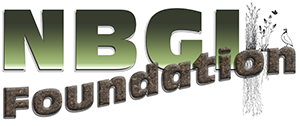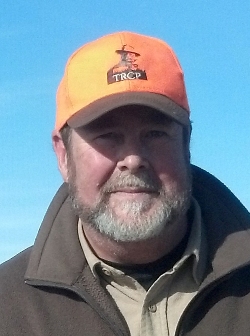The federal farm bill’s Conservation Title provides the nation’s single largest source of money and technical assistance for quail habitat restoration. The periodic reauthorization of the federal farm bill provides an opportunity for quail enthusiasts to advocate for improved bobwhite habitat on private lands. The 2014 farm bill is scheduled to be reauthorized in 2018 and our elected leaders are already making decisions about its conservation features.
Thanks to support from Park Cities Quail, a Texas-based sportsman’s conservation organization, the NBCI is engaged actively in advocating three top farm bill priorities for quail habitat restoration and management:
Natives First – NBCI’s signature, game-changing initiative would establish a native vegetation standard as the default choice for all USDA conservation programs. Natives First would curtail the longstanding USDA practice of subsidizing invasive exotic forages and other introduced vegetation, such as K-31 fescue, Bermuda grass, and old-world bluestems.
Short-term rotational CRP –this concept, a variation of which is already being piloted as an Iowa SAFE practice, would establish a habitat management technique for CRP that would foster better quality quail brooding habitat over a longer portion of CRP contracts. This concept also would also relieve landowners of the need to implement “mid-contract management” provisions on affected acres in many CRP contracts.
Forest thinning/burning incentives – Across the majority of bobwhite range, forest management provides some of the best bobwhite habitat restoration opportunity. Incentives are needed to assist landowners to thin forests to allow development of a native grass understory followed by frequent prescribed fire to create ideal bobwhite savanna habitat in forested landscapes.
The NBCI is taking every opportunity to inform Congress about these quail-friendly policies that should be included in the farm bill. So far, we have advocated them at the following meetings and events.
- Testimony for the record of a June 29 US Senate Agriculture Committee hearing concerning conservation and forestry.
- A June 30 NBCI—hosted Congressional tour of quail habitat management, aimed at informing decision makers about farm bill policies needed to achieve quality habitat restoration for quail, grassland birds and pollinators. Congressional staff, wildlife conservation organizations and USDA officials attended the tour, at Chino Farms on the Eastern Shore of Maryland, the site of the state’s highest bobwhite density. They now have a high degree of awareness about the value of native grassland restoration enabled by farm bill programs.
- Dale Rollins spoke to the July 31 US House of Representatives farm bill listening session in San Angelo, Texas. Dr. Rollins, representing NBCI and the Rolling Plains Quail Research Foundation, began his testimony with the “Bob-White” call, followed by very pointed comments referring to the bobwhite as the “canary of the prairie.” Dr. Rollins explained to the Chairman of the House Agriculture and other Representatives that the bobwhite is a surrogate for many other species of wildlife and pollinators that are indicators of quality habitat. He emphasized the importance of a native vegetation policy and the need to make CRP and the Environmental Quality Incentives Program (EQIP) more beneficial to quail and other wildlife.
So the NBCI is working diligently to spread the word about bobwhite needs on private lands and as elements of the farm bill. We urge all who care about wild quail and quail habitat to reach out to your elected representatives and support NBCI’s farm bill priorities. Contact information for all Members of Congress may be found at the following link: https://www.c-span.org/congress/members/







